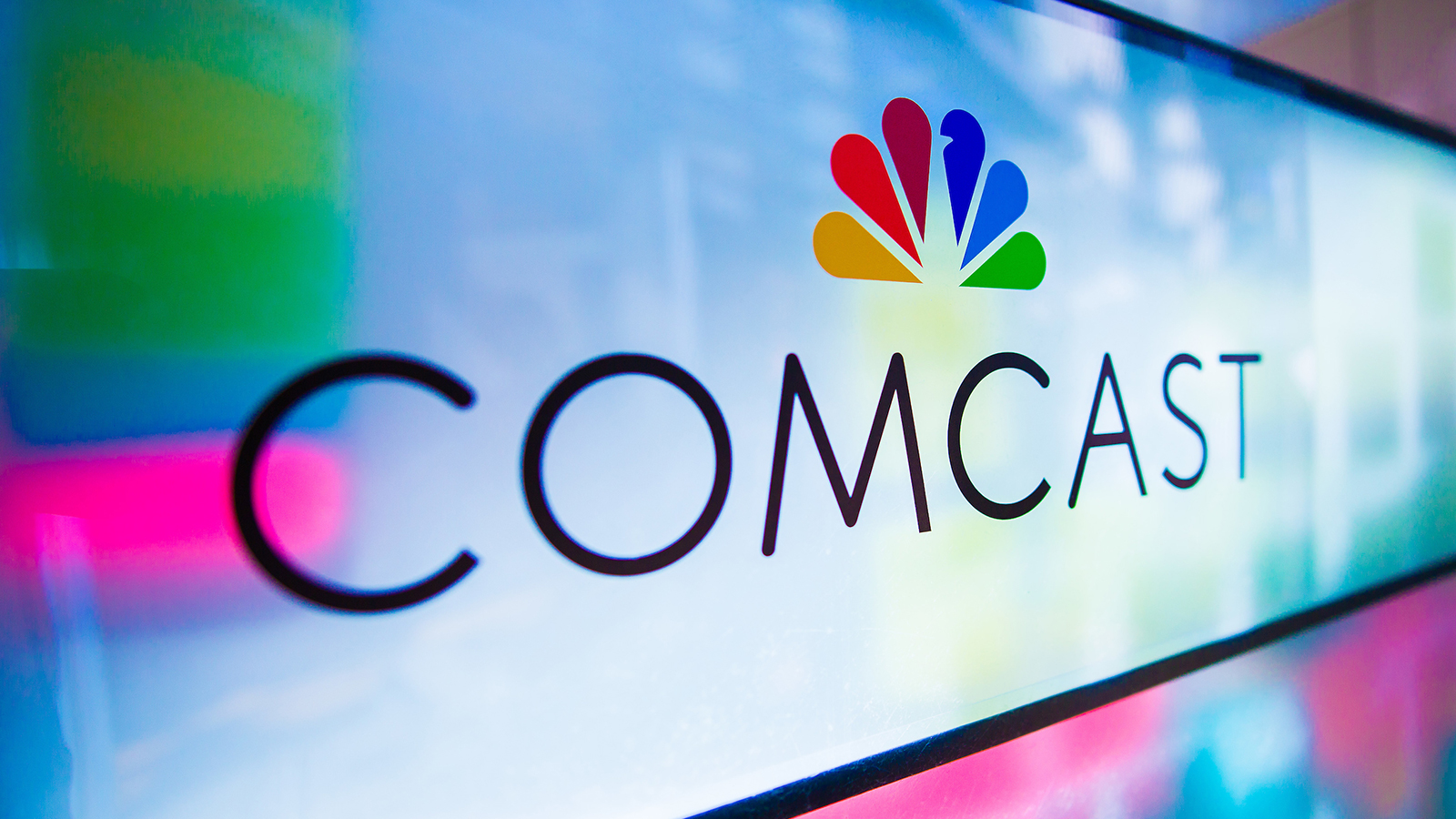Comcast is bringing ultra-fast internet to 32,000 homes and businesses in Florida, with plans to double that by 2026 through public-private partnerships.
Comcast has extended its next-generation network to more than 32,000 homes and businesses across 16 rural counties in Florida, marking a significant push to bridge the digital divide.
The expansion — funded through a public-private $322 million partnership with the state’s Broadband Opportunity Program and Capital Projects Fund — brings gigabit-plus internet, mobile, entertainment, and home security services via Xfinity and Comcast Business to previously underserved communities.
A standout area is Lehigh Acres, where more than 11,000 homes have gained access to high-speed service. Comcast aims to double this reach by the end of 2026 — adding 32,000 more locations across 13 additional counties, including Bay, Glades, Hamilton, Hardee, Hendry, Indian River, Lake and Nassau.
Jeff Buzzelli, Senior Vice President for Comcast’s Florida region, emphasized the broader impact: “Expanding access to high-speed Internet in rural Florida isn’t just about technology, it’s about creating opportunity. From students to small businesses to entire communities, this investment helps shrink the digital divide and unlocks the tools people need to thrive. We’re proud to partner with the state of Florida to make this a reality.”
Comcast’s rural expansion comes at a time when the broader U.S. broadband market is undergoing seismic change. AT&T just committed $23 billion to acquire 50 MHz of low- and mid-band spectrum from EchoStar, a move that strengthens its 5G and fixed wireless access (FWA) positioning. Analysts say the deal could enable AT&T to push deeper into suburban and rural markets, intensifying competition for customers that Comcast is also targeting with its new buildouts.
Meanwhile, consolidation is reshaping the cable sector itself. Charter Communications and Cox Communications recently unveiled plans for a $34.5 billion megamerger, creating a new giant under the Spectrum brand. The deal aims to simplify pricing, reduce customer churn, and bolster investment in next-generation broadband infrastructure. For Comcast, this means competing not just with telcos on spectrum and FWA, but also with an even more formidable cable rival in overlapping markets.
Against this backdrop, Comcast’s push to extend high-speed service into rural Florida can be seen as both an offensive and defensive strategy. By expanding into underserved areas with state-backed funding, Comcast not only narrows the digital divide but also locks in customers before fixed wireless or merged cable competitors can capture them. The race is now as much about timing and footprint as it is about technology.

